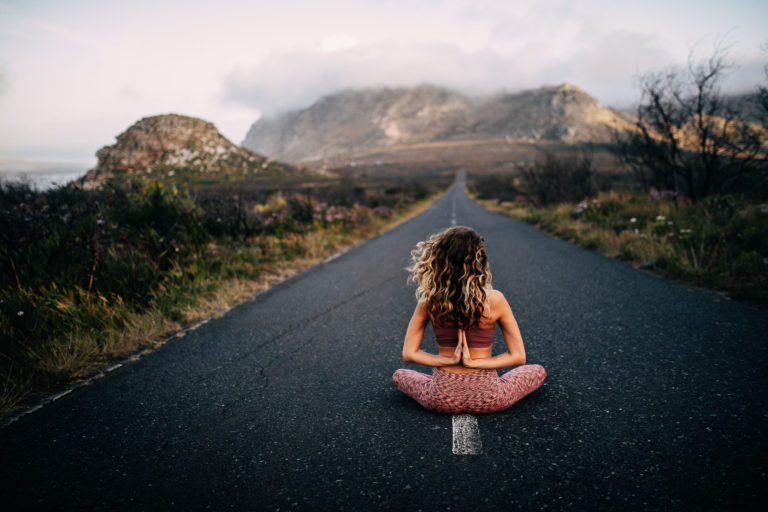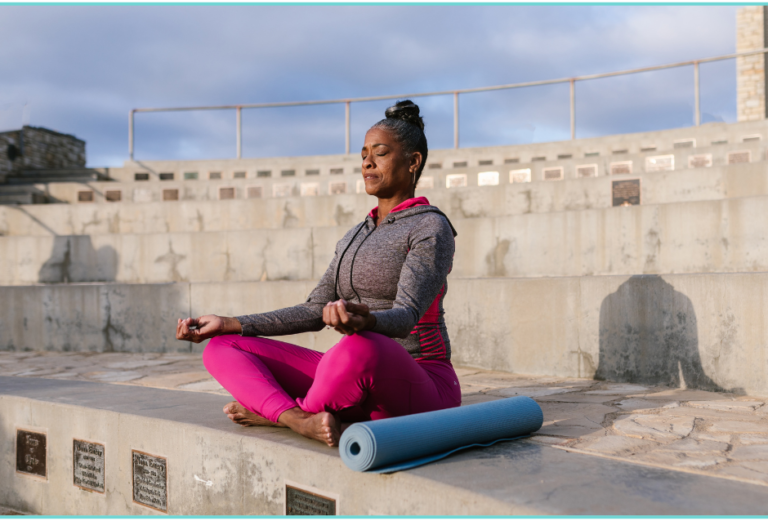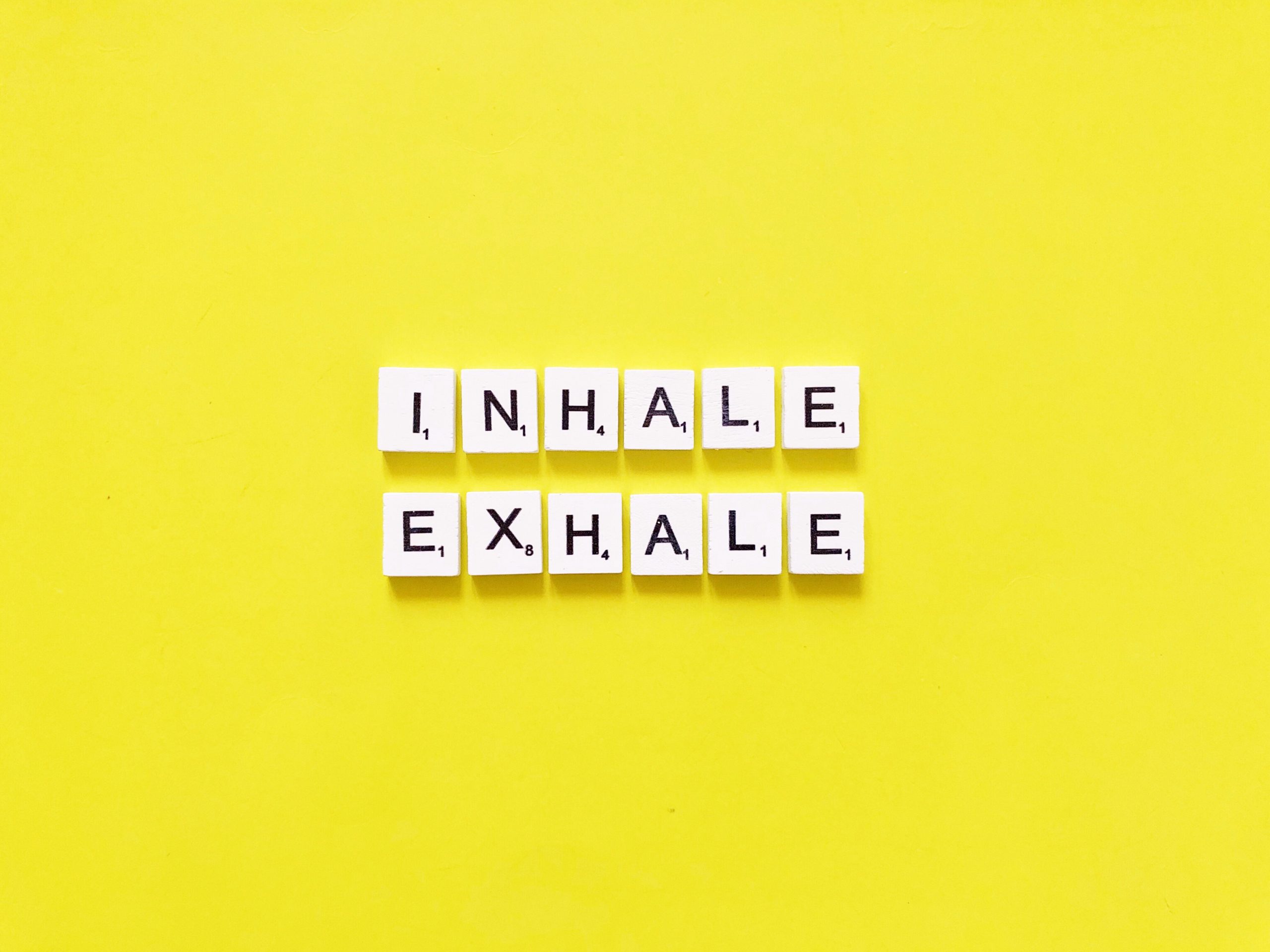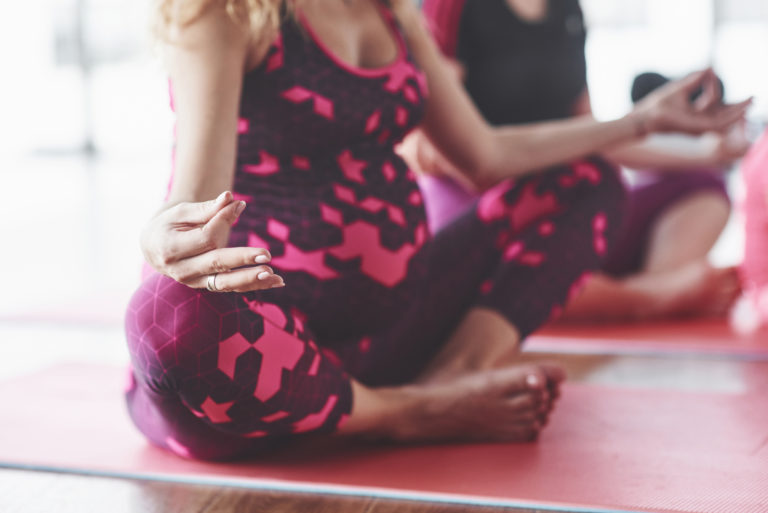What Is Grounding and How Is It Done?


Get the Free Checklist

Grounding is an important part of meditation, but what exactly is grounding? It’s the act of connecting to your body and finding a space of stillness where you can be more present in your body. Grounding helps you feel less stressed out, calmer, and better able to handle life’s challenges without getting too overwhelmed by them. Grounding techniques can help you connect with other people as well as yourself on a deeper level.
What is Grounding?
Grounding is a way to connect with the earth. It’s a process of connecting with your body and nature, which helps you feel more in tune with yourself.
Grounding is different than grounding mats or other grounding devices that have been marketed as an alternative to earthing (the practice of connecting with dirt). While these products may be effective at providing some benefits similar to those of earthing, they do not provide all of them–and they don’t come without risks either!
Why is Grounding Important?
Grounding is a way of bringing your attention back to the present moment. It can help you feel more connected to your body and the world around you, as well as reduce stress and anxiety.
Grounding is also known as being “in the moment,” or being mindful. It involves focusing on what is going on right here, right now–without judging or analyzing it–and acknowledging how things are affecting us physically, mentally, emotionally and spiritually.
When we’re grounded we feel more confident positive and happy because our minds aren’t racing around trying to solve problems that don’t exist yet!
How do you build your sense of being in the body?
- Focus on the physical sensations of breathing.
- Notice your body’s reaction to stress.
- Focus on the breath, not thoughts or emotions.
- Breathe deeply and slowly, feeling the air flow into your nostrils and out of your mouth.
How can grounding help with anxiety and stress?
Grounding can help you feel more relaxed and calm. It can also help you feel more connected to the present moment, which may be helpful if you have trouble staying focused on what’s happening now because your mind tends to wander.
Grounding can bring your attention back down into the body and make it easier for you to focus on what is actually happening in this moment instead of thinking about other things or worrying about the future (or even the past).
Finally, grounding helps us feel more grounded in our bodies so that we don’t experience anxiety as much anymore!
Grounding Techniques for Beginners.
Grounding is a very simple thing to do. It’s about connecting with the earth and your body so that you can be in the present moment, feel more grounded, and get out of your head for a bit.
There are many ways to ground yourself–here are six simple ones that anyone can do:
1. Grounding yourself with touch: Touch is one of the most basic forms of connection between humans and animals. If you’re feeling anxious or stressed out, try sitting down on the floor with your legs crossed in front of you and place both hands on top of each other in between them (palms facing up). Then close your eyes and breathe deeply for 2-3 minutes while focusing on how the pressure from your hands changes as they press against each other (or against another object). The key here is to focus on this sensation instead of thinking about anything else going on in life right now–the goal is just for it not to be distracting! This exercise will help calm down any nervous energy so that when we move onto more advanced grounding techniques later on we’ll be able enjoy them more fully without worrying about getting overwhelmed by anxiety again soon afterward.”
2. Focus on your breath–breathe in slowly through your nose, hold it for a few seconds before exhaling through pursed lips or gently blowing out air while breathing out through your mouth. Imagine that each breath helps bring fresh energy into your body as it flows down into the earth below you (or above if standing).
3. Connect with nature–take a walk outside or sit near some plants or trees so they can help connect with their natural energy fields around them (and vice versa!). Also try laying down somewhere soft like grass if possible; this will also help relax both mind and body at once!
4. Meditate on the present moment–the present moment happens right now but we don’t always notice because our minds are busy thinking about other things from past events which happened long ago…or future plans which may never happen at all! But if we stay focused only on what is happening right now then there’s no room left over for those thoughts since everything else has already happened before now anyway 🙂
5. Pickup or touch items around you—notice how the objects you touch feel in your hand. Are they soft or hard? Warm of cool? Heavy or light? Bring your focus to the color and texture of each item. See if you can challenge yourself to specify the colors of each item like indigo, turquoise, magenta, or crimson instead of blue or red.
6. Practice a body scan meditation—body scan brings awareness to all parts of your body, thereby, helping you to focus on how each body part feels in the present moment. The goal is to scan each part of your body to notice the sensations felt. You can even focus your breath on any part that feels tense or uncomfortable to help release the tension or uncomfortable sensation. Body scan is great way to get you back into feeling your body, especially if your mind has been focused on other things.
3 Ways To Practice The Body Scan Meditation Technique.
- Use a guided meditation app.
- Set your timer for 10 minutes and start the body scan meditation technique.
- Ask a friend or family member to be your guide throughout the process, asking them to point out any areas that are particularly tense or painful so that you can focus on those areas specifically during the exercise.
Conclusion
We hope this article has helped you understand how grounding works and the benefits it can bring. Grounding can be a great way to de-stress and relax, but it’s also important to remember that there are many other ways to improve your mental health too! If you’re interested in learning more about different types of meditation techniques or want some guidance on starting off with one yourself then check out our resources page or other blog posts.
Grab the moment.

6 Steps to become a
Meditation Teacher
I have helped many meditation teachers gain their certification and start their holistic businesses. Learn the 6 things you need to do to get certified and begin teaching meditation. Turn your dream into a business.
If you found this article helpful and you’re interested in learning more about teaching meditation or deepening your practice, check out our Meditation Teacher Training Certification. It combines meditation teaching, chair yoga, holistic coaching and counseling methods and small business management skills. The best part is that you can become an internationally certified Meditation Teacher and teach anywhere in the world in just 6 weeks.







